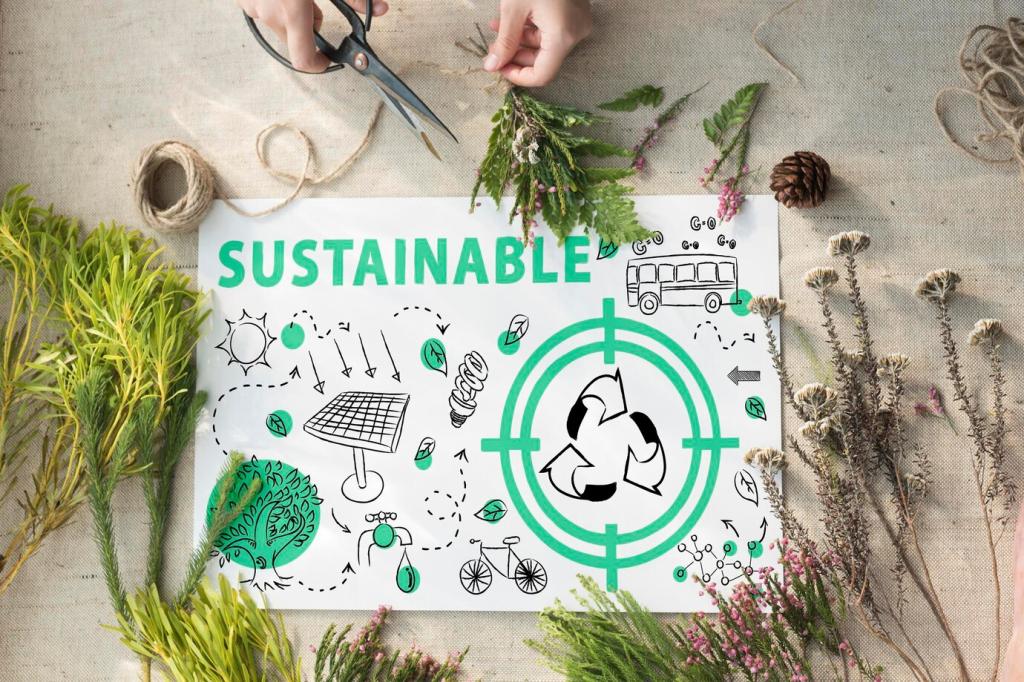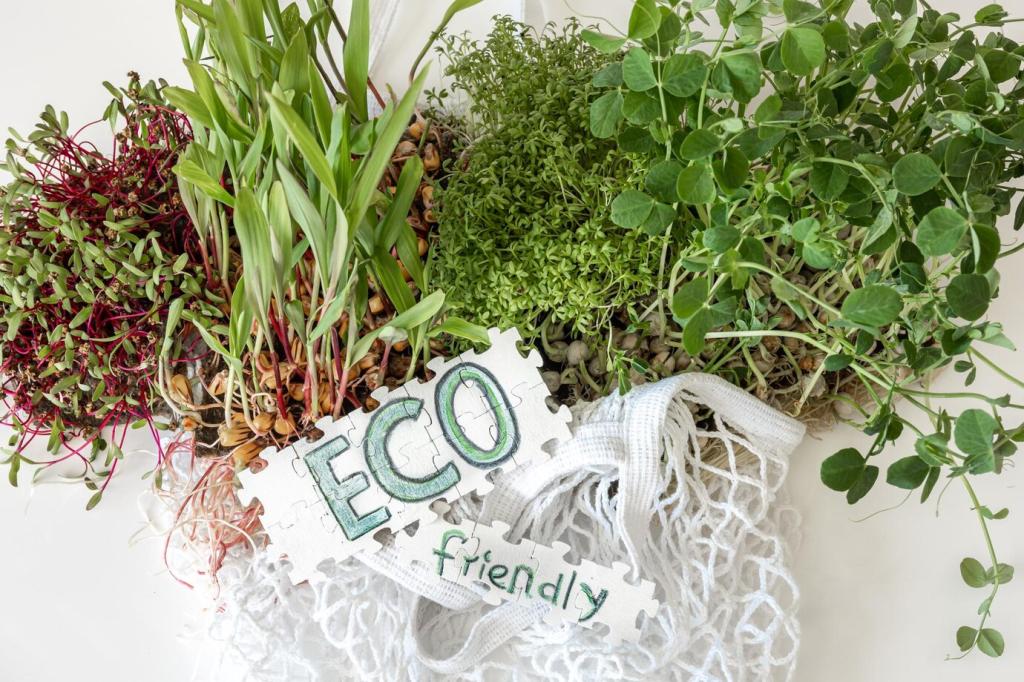
Creating Engaging Content for Sustainable Brands
As sustainable brands seek to make a positive impact on the world, connecting authentically with audiences is essential. Creating engaging content not only elevates a brand’s message but also fosters loyalty, builds trust, and inspires meaningful action. In this guide, we explore effective strategies for telling compelling stories, fostering community, and demonstrating transparency to elevate the presence and influence of sustainable brands in an increasingly conscious marketplace.
Understanding Your Audience
Defining Audience Demographics
Identifying the age, location, interests, and needs of your audience lays the foundation for effective communication. For a sustainable brand, demographic research reveals not only who is engaging with your brand but also why they do so. Understanding whether your audience consists primarily of eco-conscious millennial urbanites, Gen Z activists, or families looking for healthier options enables you to craft content that addresses their specific desires and challenges. This clarity informs not just what you say, but how and where you say it, ensuring your message reaches those who are most receptive and likely to engage.
Analyzing Audience Values and Motivations
Beyond basic demographics, understanding what motivates your audience on an emotional and ethical level is indispensable for sustainable brands. Many supporters of ethical products care deeply about issues such as climate change, fair trade, and animal welfare. By delving into surveys, social media conversations, and feedback, brands can pinpoint these underlying motivations, allowing content creators to address relevant concerns and aspirations in ways that foster genuine trust. This level of insight encourages deeper loyalty and positions your brand as an advocate for the values your audience holds dear.
Tailoring Content to Audience Needs
Personalization is one of the most effective ways to engage today’s mindful consumers. Tailoring your content to fit the unique needs, questions, and pain points of your audience ensures that your communication remains relevant and impactful. For example, a sustainable fashion brand might create in-depth blog posts about the environmental impact of fabrics for its environmentally savvy followers, while simultaneously sharing accessible style guides for newcomers. Addressing these varied interests and knowledge levels helps your audience see themselves reflected in your content, leading to stronger engagement and a lasting relationship.

Crafting Authentic Storytelling
Authentic stories begin with actual experiences, whether they stem from pioneering founders, passionate employees, or everyday customers who live your brand’s mission. Highlighting personal journeys—such as the challenges faced when sourcing ethical materials, or the triumph of achieving zero waste—helps humanize your brand. This transparency invites your audience along as partners rather than distant consumers, allowing them to emotionally invest in your mission and feel empowered to take part in your journey.
A strong sense of purpose distinguishes sustainable brands from conventional businesses. Your content should consistently communicate your broader mission and the positive impact you strive to make. This goes beyond marketing your products, encompassing your brand’s ethical commitments, environmental goals, and broader vision for change. By weaving these aspirations into every piece of content, you invite audiences to align themselves with your cause, fostering community and inspiring advocacy that extends far beyond a single transaction.
Audiences crave transparency and honesty, particularly from brands that claim to stand for something greater. Sharing honest accounts of both successes and challenges demonstrates humility and authenticity. Whether you are celebrating significant milestones, acknowledging setbacks, or outlining lessons learned, your willingness to be open reinforces your brand’s integrity. Honest storytelling builds long-term trust and encourages others who share your values to support, amplify, and champion your work.


Using Imagery to Illustrate Values
Compelling images are integral to conveying your brand’s ethos, whether highlighting organic farms, ethical production lines, or thriving ecosystems. Visual storytelling enables you to cut through the noise, instantly demonstrating the real-world impact of your practices. By thoughtfully selecting images that reflect your commitment to sustainability—such as photos of artisans, community projects, or unspoiled environments—you reinforce the authenticity of your message. High-quality, behind-the-scenes visuals can offer an honest glimpse into your process, further deepening audience trust and investment.
Producing Engaging Video Content
Video content is uniquely effective for personalizing your message and showcasing your brand’s values in action. Through interviews, documentaries, tutorials, or live streams, you can provide an immersive experience that reaches audiences on an emotional level. Videos that reveal your production methods, highlight your environmental initiatives, or share customer testimonials have the potential to humanize your brand and encourage viewers to act. When produced with care and intention, these visual stories breathe life into your mission, helping to educate and rally audiences around your sustainability goals.
Enhancing Stories with Consistent Visual Branding
Consistency in visual branding reinforces your message and builds recognition over time. Thoughtful use of color schemes, typography, and graphic motifs that evoke your sustainable values can tie all your content together, creating a cohesive narrative. Whether through eco-friendly design elements or mindful integration of brand imagery, maintaining a recognizable aesthetic distinguishes your brand in a crowded marketplace. Careful visual curation signals professionalism, integrity, and a unified sense of purpose—qualities that resonate with conscious consumers and cultivate a sense of belonging within your community.
